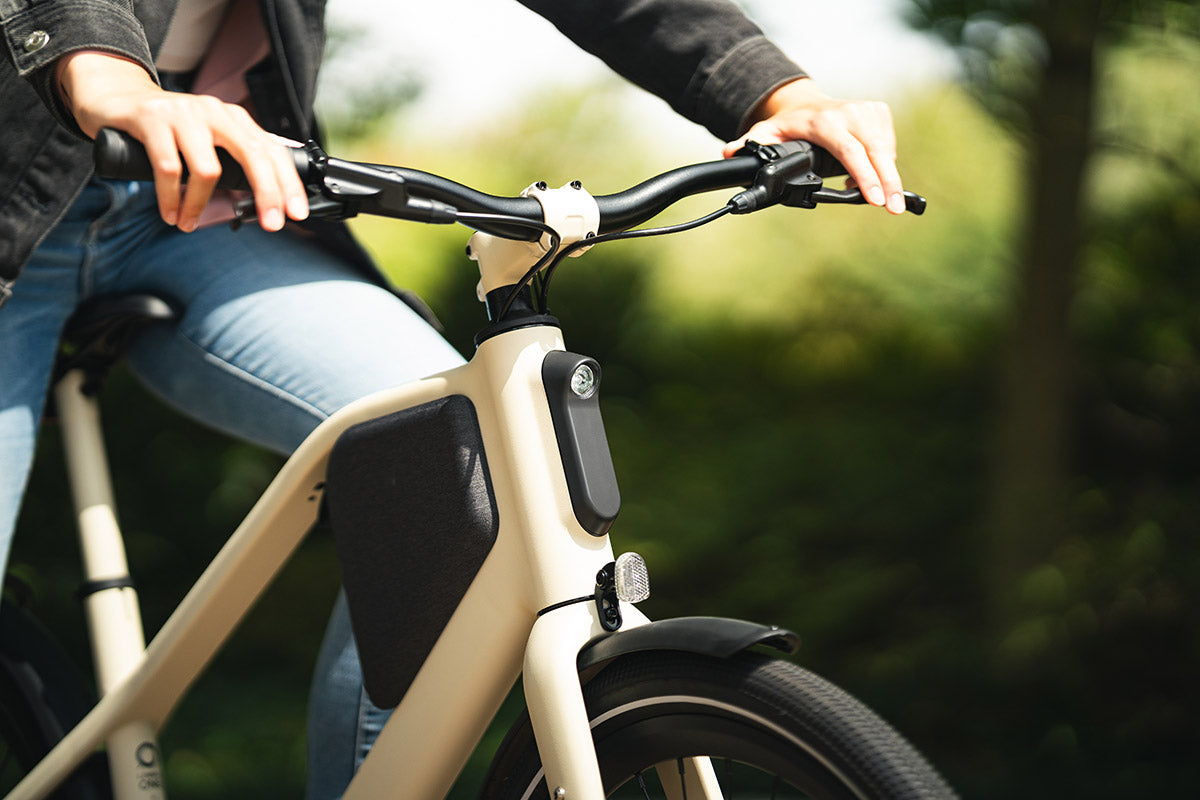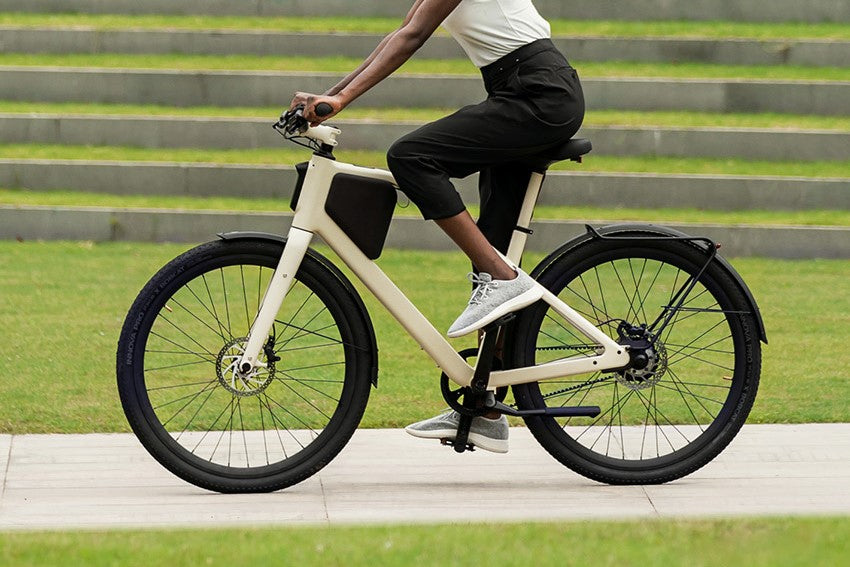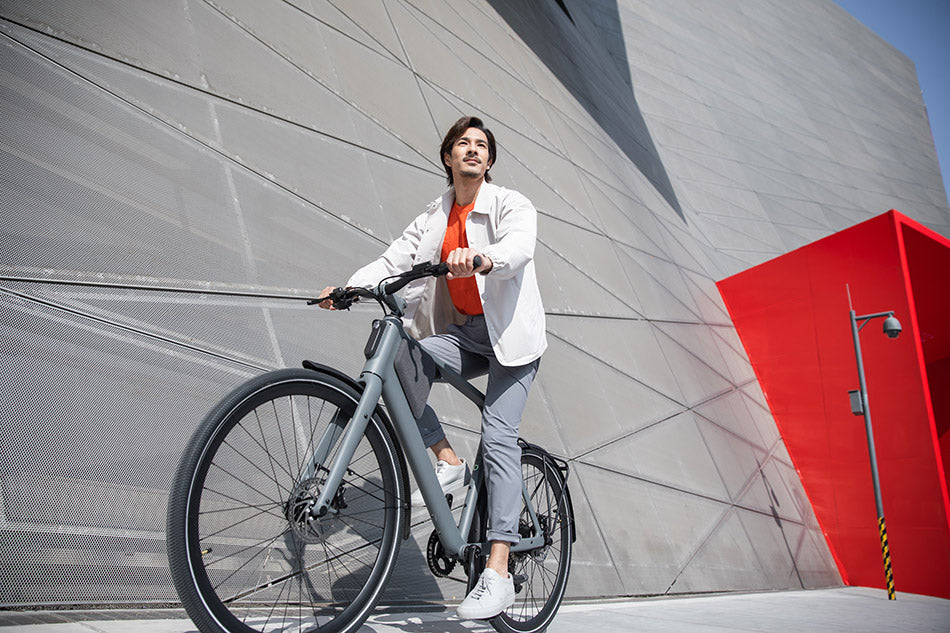The urban mobility landscape is undergoing a dynamic change, with electric bicycles (E-Bikes) gaining more and more importance on the roads of Germany. With the increasing popularity of these environmentally friendly means of transportation, it becomes increasingly crucial to navigate through the complex network of laws and regulations that govern their use. This comprehensive guide provides a detailed insight into the E-Bike regulations in Germany and ensures that riders are well-informed and compliant with the law.

Classification of Electric Bicycles
In Germany, E-Bikes are classified into different categories based on their power and construction. The most common categories include:
Pedelecs (Pedal Electric Cycles): These E-Bikes assist the rider only when they pedal. The motor assistance ends at 25 km/h.
S-Pedelecs (Speed Pedelecs): These provide assistance up to 45 km/h but require a moped certificate, a license plate, and liability insurance.
E-Bikes with Starting Aid: These have a motor that assists with starting but the assistance ends at 6 km/h.
Regulatory Requirements for Pedelecs and E-Bikes
The terms Pedelecs and E-Bikes are often used interchangeably, but there are legal distinctions. According to the Road Traffic Act (StVG), they are differentiated based on their function, and since November 2003, all EU countries must integrate the applicable EU directives for E-Bikes or Pedelecs into their national legislation.
Regular Pedelec: These assist the rider up to a speed of 25 km/h and do not require any separate registration. There is no helmet requirement, insurance obligation, or age restriction.
S-Pedelec: These reach speeds of up to 45 km/h and require a moped certificate, a license plate, liability insurance, and a minimum age of 16 years. Wearing a helmet is mandatory.
E-Bike in the narrow sense: These do not require muscle power for propulsion and can operate solely with the push of a button. Such E-Bikes are considered light motorcycles if the motor power does not exceed 500 watts and the speed does not exceed 20 km/h.

Insurance and Registration Requirements
Regular Pedelecs and E-Bikes with starting aid do not require liability insurance. However, S-Pedelecs must have liability insurance. S-Pedelecs also require a license plate and are not allowed to ride on bicycle paths.
Speed and Power Limits
The motor assistance of Pedelecs ends at 25 km/h, while S-Pedelecs can be supported up to 45 km/h. E-Bikes with starting aid end at 6 km/h. Exceeding these speeds is considered riding without insurance coverage.
Where Can You Ride Your E-Bike?
Bicycle Paths and Prohibition Signs:
In general, Pedelecs are allowed to use bicycle paths unless there is a corresponding prohibition sign. However, there is a special rule for S-Pedelecs as they are excluded from bicycle paths and must instead ride on the road. This distinction is based on the higher speed of S-Pedelecs, which may not always be safely integrated on bicycle paths.
Even if bicycle paths are open to mopeds, fast Pedelecs are not allowed to ride on them. The use of bicycle paths by E-Bikes is only permitted if an additional sign "Mofas frei" (mopeds allowed) or "E-Bikes frei" (E-Bikes allowed) allows it. It should be noted that bicycles and Pedelecs are only allowed to ride on the bicycle path if it is usable and a blue bicycle path sign indicates its use.
Restrictions in Specific Areas:
E-Bike riders must be aware that not all routes are accessible to them. Wherever a sign prohibits the use of motorized vehicles, only bicycles and Pedelecs are allowed. This applies not only to moped paths but also to many tourist and scenic routes.
E-Bikes, including Pedelecs and S-Pedelecs, are not allowed to ride in contraflow on one-way streets unless permitted by corresponding traffic signs. Pedelecs have an advantage over E-Bikes in this regard. Similar rules apply to forest paths, pedestrian zones designated for cycling, and bicycle parking areas.

Alcohol limits:
A higher alcohol limit applies to bicycles and Pedelecs compared to motorized vehicles. However, E-Bike riders, especially S-Pedelec riders, are subject to stricter limits for motor vehicle drivers. This underscores the need for responsible and sober riding to ensure safety on the roads.
Transporting Children
Another important point concerns the transport of children. While bicycles and Pedelecs allow for the transportation of children in trailers, this is prohibited on E-Bikes. However, children up to the age of seven can be carried in suitable child seats on all two-wheelers.
Age Restrictions and Helmet Requirement
Pedelecs can be ridden by individuals aged 14 and above, while S-Pedelecs require a minimum age of 16. Wearing a helmet is mandatory when using S-Pedelecs to ensure the safety of the rider.
Penalties for Non-compliance
Non-compliance with E-Bike laws can result in fines and even penalty points in Flensburg. Therefore, it is crucial to be familiar with and strictly adhere to the applicable regulations in order to ensure the safety of both oneself and other road users. Conscious and law-abiding behavior in traffic is the key to safe and enjoyable E-Bike use.

Conclusion
Compliance with E-Bike laws in Germany is crucial to ensure safe and legal travel. Whether you use a Pedelec for your daily commute or an S-Pedelec for longer rides, it's important to be aware of and follow the specific regulations. The changes in urban mobility are being shaped by the increasing popularity of E-Bikes, and knowledge of the laws contributes to a safe and sustainable development. E-Bikes are not just a modern form of transportation, but also a part of the evolving transportation landscape, and their use should be in accordance with existing laws.





